Can probiotics help your improve your mood, control food cravings and positively affect your mental health?
When we hear the term “gut bacteria” or “probiotics” we often think about gut health, and likely bowel movements. Maybe you’ve even heard that having good gut ecology (more good bacteria than bad) will strengthen your immune system. But emerging research is now showing that our gut bacteria have far greater reaches in our body than just the intestines, and may also have an effect on our mental health.
“The brain–gut axis” is a term being used to describe the interconnectedness of these two areas of the body. The intestine has its own nervous system and generates many of the same neurotransmitters that the brain generates. Your brain is also able to send signals to your gut, and your gut can talk to your brain through hormones stored in gut cells.
What does this mean? It is estimated that there are 10 times more bacteria in our body compared to the number of human cells. This can equate to up to 1.5kg of weight in the gastrointestinal (GI) tract, and there are up to 2000 different species of bacteria. These bacteria not only help with digesting food, manufacturing vitamins and regulating our immune system, but also have an impact on food cravings, mood and inflammation.
The foods that you eat not only fuel you, but fuel our bacteria as well, and so have a direct relationship on the type of bacteria in charge in the gut, as well as which messages get set to the brain. These include the “feed me” and “I’m full” hormones ghrelin and leptin, as well as the “feel-good” or “stressed” signals from neurotransmitters like serotonin, dopamine and tryptophan.
How can we improve our gut bacteria? Eating a healthy balanced diet that is rich in vegetables, low in sugar, and as minimally processed as possible will help give you the leg up on creating the best environment. However, supplementing with probiotics can help re-establish or rebalance the gut ecology quickly, especially after a course of antibiotics.
In 2007, Cani and Delzenn published in the Journal of Current Opinion of Clinical Nutrition & Metabolic Care that oral probiotics can affect neurotransmitters including tryptophan, serotonin, dopamine, acetylcholine and GABA, having a big impact on mood regulation. Further, we are seeing more clinical research from psychiatrists who are using probiotics in the treatment of anxiety and other mental health disorders.
Does this mean you should go out and load up on probiotics? Maybe, but maybe not. As with most things it’s better to consult with a qualified health practitioner, such as your nutritionist or naturopath. They can help you decide what is best for you in terms of dosage for optimal effectiveness.
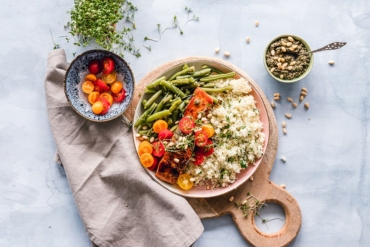


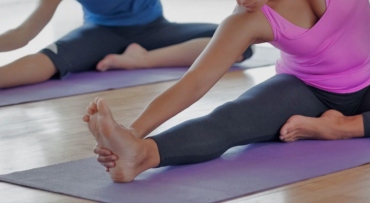


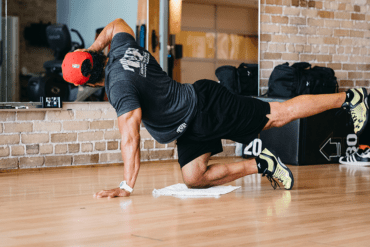


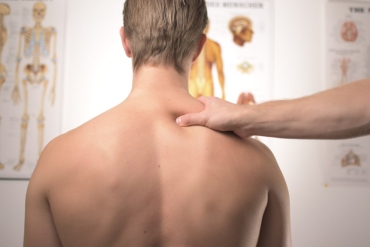

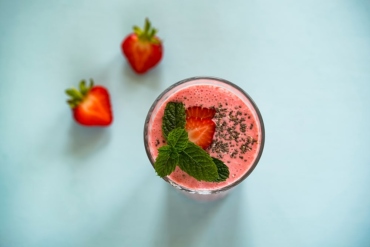
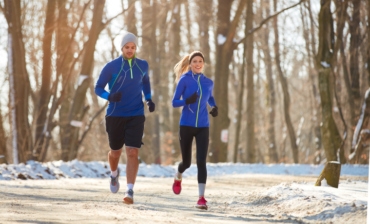
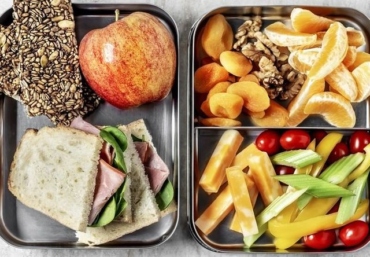
 It’s important to eat a good breakfast daily. Aim to consume 20-25% of your daily calories at breakfast to keep you fuelled longer and help ward off evening eating excess. On days when you are not training first thing, try swapping out the oatmeal for some eggs and handful of nuts. Or have a protein rich smoothie with veggies, 1/2 an avocado and only 1 cup of fruit. Proteins and fats will give your body long lasting energy and make you feel more satisfied and reduce cravings later on in the day. If you are training first thing in the morning, easy to digest carbs are the way to go, as they digest quickly so you can get on with your workout.
It’s important to eat a good breakfast daily. Aim to consume 20-25% of your daily calories at breakfast to keep you fuelled longer and help ward off evening eating excess. On days when you are not training first thing, try swapping out the oatmeal for some eggs and handful of nuts. Or have a protein rich smoothie with veggies, 1/2 an avocado and only 1 cup of fruit. Proteins and fats will give your body long lasting energy and make you feel more satisfied and reduce cravings later on in the day. If you are training first thing in the morning, easy to digest carbs are the way to go, as they digest quickly so you can get on with your workout.


